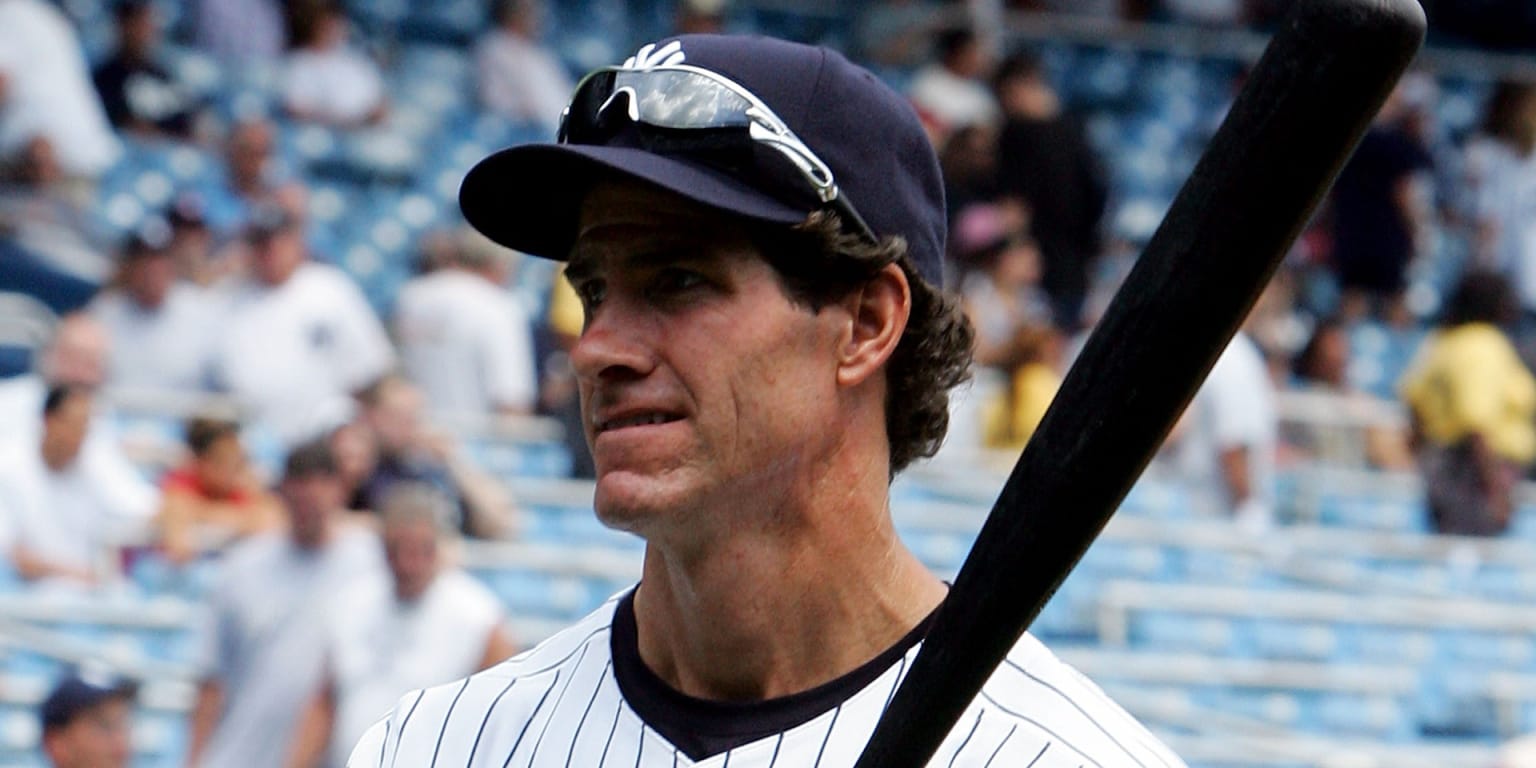Products You May Like
In August, the Yankees will retire the number of Paul O’Neill, who would have fit in on any great Yankee team of any era. The ceremony will be on the 21st, for No. 21. It is a fitting honor for someone who became a truly great Yankee after Gene Michael traded for him in November 1992. From the time he showed up at old Yankee Stadium, O’Neill represented all of the values he believed the uniform should still represent. It means he showed up with a sense of exactly where he was.
In O’Neill’s second season with the Yankees, when he was hitting .400 for a good, long stretch early in the season and would end up winning a batting championship, I was sitting with him at his locker one afternoon. Here is a part of what O’Neill said about the team for which a Cincinnati kid now played:
“I’ve always been intrigued with the history of the game. And just in that sense, Yankee Stadium is the only place to be. There are a lot of special ballparks in this game, at least the ones that aren’t gone. I have a picture of myself when I was 4 or 5 years old that my dad took at Crosley Field. He always wanted me to appreciate history. So I appreciate Fenway Park, and I appreciate Wrigley Field. But you have to start here. I think about it every night, walking down the runway from the clubhouse to the dugout. I appreciate it every night.”
O’Neill had already won one World Series with the Reds in 1990. He won four more with the Yankees in his nine seasons with them, and nearly won a fifth until the D-backs came back in the bottom of the ninth of Game 7 in 2001. He was a lifetime .300 hitter with the Yankees, and even though Don Mattingly was still around when he got to New York, and even though Derek Jeter started to become the face of the franchise once Mattingly was gone, O’Neill became one of the most beloved of the modern Yankees, because of the way he played the game.
“He was embarrassed to make an out,” Buck Showalter, O’Neill’s first manager with the Yankees, said.
“He was our throwback guy,” David Cone said.
There was always a great kinship between Cone and O’Neill. They were born seven weeks apart in 1963. Cone was drafted by the Royals in the third round of the 1981 Draft, O’Neill was drafted in the fourth round by the Reds. O’Neill got to New York first. Cone showed up in the middle of the ’95 season. After that they did a lot of winning together.
“There really were a lot of similarities to our career arcs,” Cone said. “We both got drafted by our hometown teams and got to break in with our hometown teams. But there was just something about New York that brought out the best in both of us.”
Then Cone was talking about some of his favorite memories of No. 21. There was the running catch O’Neill made on one good leg (bad hamstring in the other one) on Luis Polonia to end Game 5 of the 1996 World Series to preserve a 1-0 victory for the Yankees, the last play anyone made at old Atlanta-Fulton County Stadium, one punctuated by O’Neill when he threw a triumphant fist into the right-center-field wall.
And Cone fondly remembered, the way all Yankees fans do, O’Neill’s 10-pitch at-bat against Armando Benitez in Game 1 of the Subway Series of 2000 against the Mets. It was the bottom of the ninth when O’Neill stepped into the box. The Yankees were down a run. But O’Neill finally worked a walk. The Yankees tied the game in the ninth and won it in extra innings. They ended up winning that Series in five games. Maybe it wouldn’t have happened if O’Neill hadn’t battled Benitez the way he did that night.
“But even that’s not my best memory of Paul,” Cone said. “My best memory is the slide against the Indians.”
Oh, yeah. The Slide. Game 5 of the ’97 Division Series, New York against Cleveland.
The Yankees had been four outs away from winning the series in Game 4. Cleveland’s Sandy Alomar hit a homer off Mariano Rivera and the series was tied. The next night the Indians took a 4-3 lead into the bottom of the ninth. Two outs. Nobody on. O’Neill had already been a giant for the Yankees again in that series. He had seven hits (including two homers and a grand slam) and would end up hitting .421.
“He was not going to make the last out of the game, or our season,” Cone said.
O’Neill ripped one off the wall in right-center. Even though getting thrown out at second would have ended his season, he was thinking double all the way. Marquis Grissom made a terrific one-handed play on the carom in the outfield, and his throw to Omar Vizquel seemed to have O’Neill beaten. But somehow O’Neill threw himself in front of Vizquel and second, landed hard on his right knee as he went past the bag. But got his right hand in ahead of Vizquel’s tag. The next batter, Bernie Williams, would make the last out of the Yankees’ season, ending their tittle defense.
But Paul O’Neill sure had not.
“That wasn’t a slide as much as a guy who seemed willing to break his neck to get himself into scoring position,” Cone said. “That slide was why George [Steinbrenner] started calling him, ‘The Warrior.’”
The nickname stuck. For a great Yankee. No. 21. The number that will be retired in August. Another way of honoring the throwback guy, who always honored the New York Yankees.
